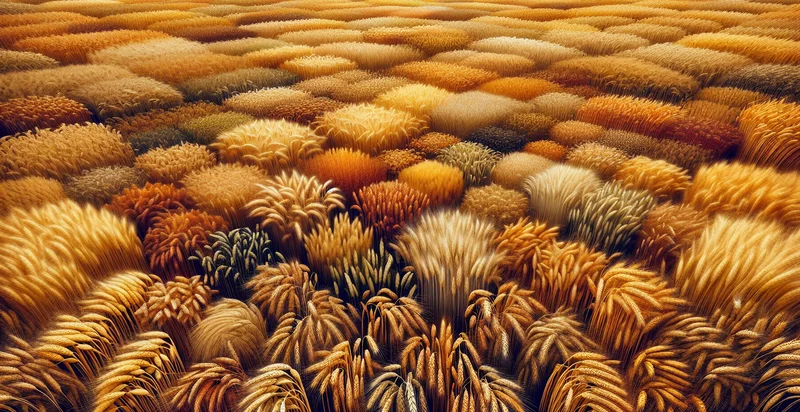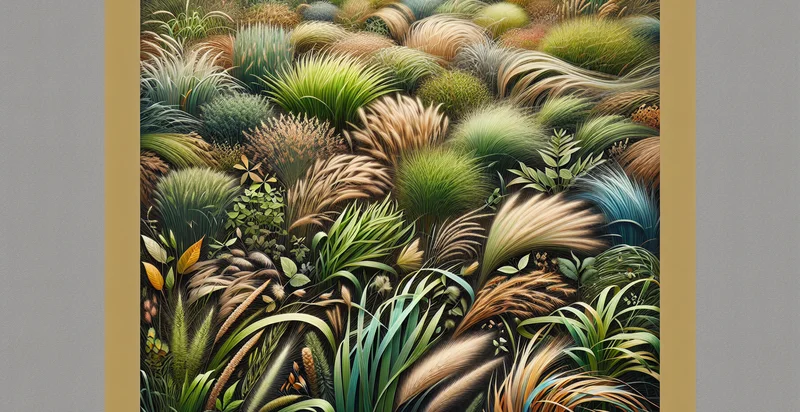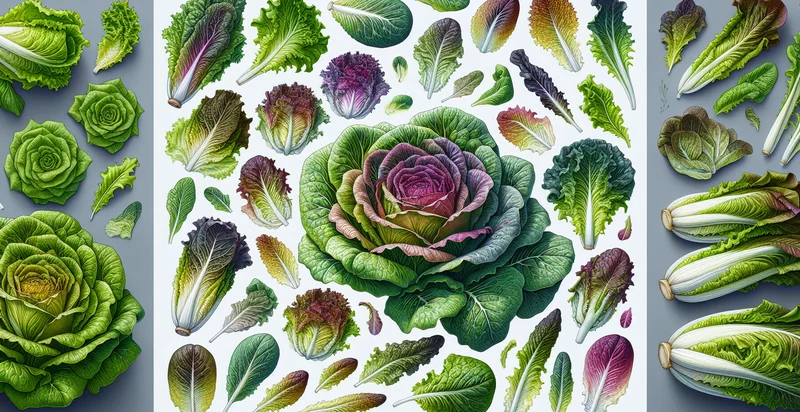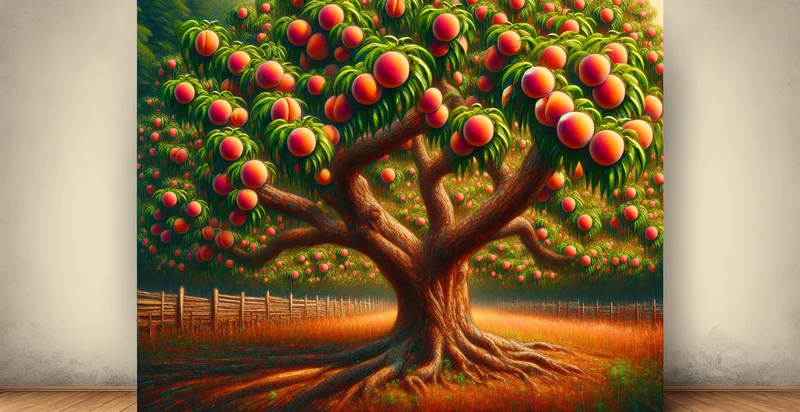Identify wheat species
using AI
Below is a free classifier to identify wheat species. Just upload your image, and our AI will predict what species of wheat it is - in just seconds.

Contact us for API access
Or, use Nyckel to build highly-accurate custom classifiers in just minutes. No PhD required.
Get started
import nyckel
credentials = nyckel.Credentials("YOUR_CLIENT_ID", "YOUR_CLIENT_SECRET")
nyckel.invoke("wheat-species", "your_image_url", credentials)
fetch('https://www.nyckel.com/v1/functions/wheat-species/invoke', {
method: 'POST',
headers: {
'Authorization': 'Bearer ' + 'YOUR_BEARER_TOKEN',
'Content-Type': 'application/json',
},
body: JSON.stringify(
{"data": "your_image_url"}
)
})
.then(response => response.json())
.then(data => console.log(data));
curl -X POST \
-H "Content-Type: application/json" \
-H "Authorization: Bearer YOUR_BEARER_TOKEN" \
-d '{"data": "your_image_url"}' \
https://www.nyckel.com/v1/functions/wheat-species/invoke
How this classifier works
To start, upload your image. Our AI tool will then predict what species of wheat it is.
This pretrained image model uses a Nyckel-created dataset and has 15 labels, including Einkorn Wheat, Barley Wheat, Club Wheat, Common Wheat, Durum Wheat, Emmer Wheat, Hard Wheat, Hexaploid Wheat, Red Wheat and Soft Wheat.
We'll also show a confidence score (the higher the number, the more confident the AI model is around what species of wheat it is).
Whether you're just curious or building wheat species detection into your application, we hope our classifier proves helpful.
Related Classifiers
Need to identify wheat species at scale?
Get API or Zapier access to this classifier for free. It's perfect for:
- Crop Disease Management: Farmers can use the wheat species identifier to monitor their crops for specific wheat species that are more susceptible to diseases. By identifying these species early, they can take preventive measures, such as applying targeted pesticides or modifying their farming practices to improve yield and reduce losses.
- Seed Selection and Breeding: Agricultural researchers and seed companies can utilize wheat species identification to focus on developing high-yielding or disease-resistant varieties. By understanding which species thrive in certain conditions, they can enhance breeding programs to improve crop resilience and productivity.
- Supply Chain Optimization: Grain processors and distributors can implement the identification function to ensure the correct wheat species is being processed for their intended products, such as bread or pasta. This can help maintain product quality and consistency, ensuring better customer satisfaction and market competitiveness.
- Import and Export Compliance: Regulatory bodies can utilize the wheat species identifier to verify compliance with agricultural policies and import/export regulations. This functionality can help avoid the introduction of non-native species and protect local ecosystems by ensuring only approved wheat varieties are imported or exported.
- Environmental Monitoring: Environmental organizations can deploy the wheat species identifier as part of their conservation efforts to monitor wheat species in natural habitats. This can assist in assessing biodiversity and understanding the ecological impact of agricultural practices on local environments.
- Precision Agriculture: Farmers can integrate the wheat species identifier with precision farming tools to analyze variations in soil and crop conditions at a granular level. This allows for more tailored and efficient use of resources, such as water and fertilizers, improving sustainability and profitability.
- Educational Tools for Agronomy: Universities and agricultural education institutions can use the wheat species identifier as part of their curriculum to teach students about crop classification and species differences. It can serve as a hands-on tool for students to learn about plant biology, agricultural practices, and the importance of biodiversity in farming.


